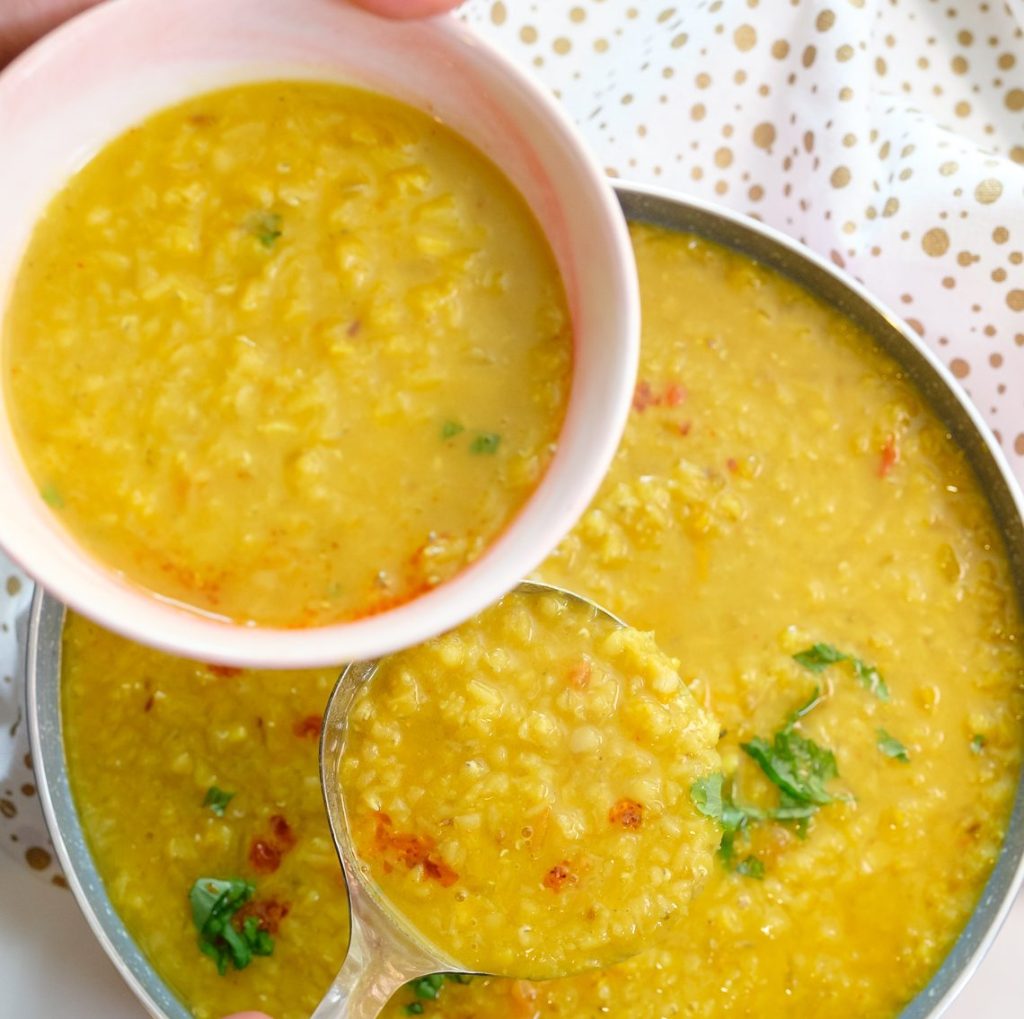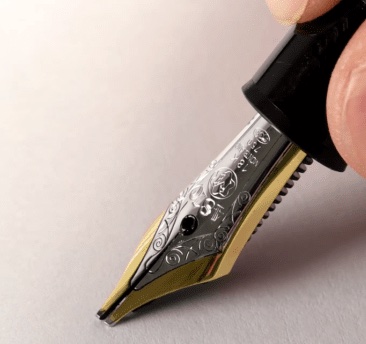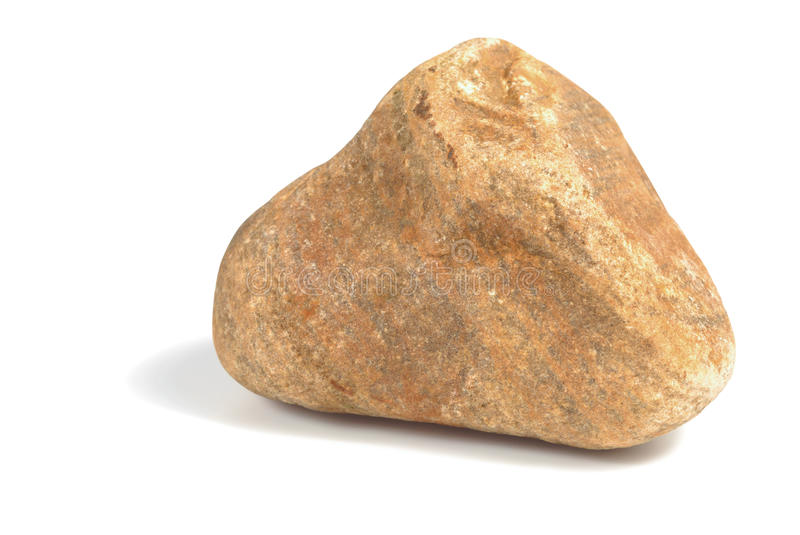You are currently browsing the monthly archive for November 2020.
November 28, 2020
Today’s Hindi idiom (मुहावरा) is:
कलम तोड़ देना
(Kalam tod dena)
Literal translation:
To break the pen
Figurative meaning:
To produce a piece of writing that is ultimate in excellence.
Sample use in a sentence:
योहान ने इतनी अद्भुत सुंदर कविता लिखी कि जैसे उसने कलम तोड़ दी।
(Yohann wrote such an amazingly beautiful poem that it seemed like the ultimate in excellent writing.)
November 27, 2020
Today’s Hindi idiom (मुहावरा) is:
ईंट का जवाब पत्थर से देना
(Eentt ka jawab pathar se dena)
Literal translation:
To respond to bricks with rocks
Figurative meaning:
To give a strong, forceful and fitting reply.
To mount a counter-attack that overwhelms the opponent.
Sample use in a sentence:
भारत अपने पड़ोसियों पर कभी हमला नहीं करता है, लेकिन उसके पड़ोसी जानते हैं कि अगर हमला हुआ तो भारत ईंट का जवाब पत्थर से देगा।
(India never attacks its neighbors, but its neighbors know that, if attacked, India will respond with a forceful counter-attack.)
November 25, 2020
Today’s Hindi idiom (मुहावरा) is:
अपने पैरों पर खड़ा होना
(Apne pairon par khada hona)
Literal translation:
To stand on one’s own legs
Figurative meaning:
To be self-supporting and not dependent on others.
Sample use in a sentence:
हर आदमी को अपने पैरों पर खड़े होने के बाद ही विवाह करना चाहिए।
(Men should get married only after becoming self-supporting.)
November 18, 2020
Idioms are called मुहावरे (muhaavrey) in Hindi.
The singular form (idiom) would be muhaavra.
One old and famous muhaavra is:
(Ankhon Ka Tara) आँखों का तारा
Its literal translation would be “star of one’s eyes”
Its figurative meaning would be similar to that of the English idiom “apple of one’s eyes.”
Sample usage in a sentence:
मेरा दोस्त विजय के दो बेटे हैं, लेकिन वह प्यार ज्यादा करता है अपनी इकलौती पोती से, जो उसकी आंखों का तारा है। (My friend Vijay has two sons, but he loves the most his only granddaughter, who is the apple of his eyes.)
I will come back to this page and keep adding more idioms and proverbs in Hindi as and when time permits.
* * *
November 19, 2020
The muhavra for today is:
पेट में चूहे दौड़ना
(Paet mein chuhey daudna)
Literal meaning:
Rats running in my stomach
Figurative meaning:
Feeling very hungry (as Winnie the Pooh says, “rumbly in my tumbly”)
Sample use in a sentence:
सुनिये, shopping थोडा देर बाद करते हैं, पहले कुछ खा लेते हैं, already मेरे पेट में चूहे दौड़ने लगे हैं। (Listen, we will do shopping a little later, first let us eat something, already I am feeling very hungry.)
Note:
In common conversation, people from India usually mix a few words of English with their Hindi. This is quite normal. Attempting to use pure Hindi words in our day-to-day talk will make us seem strange and abnormal. This is true for most regional languages of India. English words are very freely used even when those words are written in Hindi (or Devnagiri) script.
* * *
November 20, 2020
Today’s Hindi idiom (मुहावरा) is:
दाल में कुछ काला है
(Dal mein kuch kala hai)
Literal meaning:
There is something black in the Dal.
(Dal is an Indian dish made with lentils).

Figurative meaning:
Something does not seem right.
(Somewhat equal to the English idiom “I smell something fishy.”)
Sample sentence using this idiom:
मुझे लगा कि मेरे दोस्त मेरा जन्मदिन भूल गए हैं, लेकिन शाम तक जब किसी ने मुझे wish नहीं किया, तो मुझे लगा कि दाल में कुछ काला है।
(I thought my friends had forgotten my birthday, but by evening when no one wished me, I could smell something fishy.)
* * *
November 21, 2020
Today I will introduce a Hindi “saying” or Kahawat (कहावत):
The plural form of Kahawat is Kahawate (कहावतें)
Kahawat and Muhavra are usually spoken of as if they are the same, but they do have their differences:
- A Kahawat is a complete sentence, whereas a muhavra need not be a complete sentence. Usually, a muhavra is just a collection of words.
- The meaning of a kahawat is usually straight forward, but the figurative meaning of a muhavra is usually very different from its literal meaning.
- A muhavra is used to add color and an element of delight to our mundane conversation, making it more titillating.
- A kahawat is used to convey an idea or a nugget of traditional wisdom in a compact, efficient and interesting manner that is easily recognized and remembered.
Today’s kahawat is:
नांच ना जाने आँगन टेढा
(Naach na jaane aangan teda)
Literal translation:
Dancer knows not dancing, but claims the floor is uneven.
Idea conveyed by this kahawat:
The dancer who does not know dancing should accept his lack of talent and training and try to improve himself. Instead, the dancer claims that the floor or the stage is uneven and crooked. We often find people rarely accept their own faults. They try to find fault with their surroundings and blame their personal failures and shortcomings on someone or something else. An equivalent saying in English is “A bad workman complains about his tools.”
Sample sentence:
Since a kahawat is a complete sentence by itself, there is no need to make up another one.
* * *
November 23, 2020
Today’s Hindi idiom (मुहावरा) is:
बाल-बाल बचना
(Baal baal bachna)
Literal translation:
(Hair-hair escape) = Saved by a hair’s breadth.
Figurative meaning:
To narrowly escape disaster.
Sample use in a sentence:
ज़मीन पर गिरने से कुछ seconds पहले ही मेरा parachute खुल गया और मैं बाल बाल बच गया।
(My parachute opened just a few seconds before I hit the ground and I had a narrow escape.)




Recent Comments